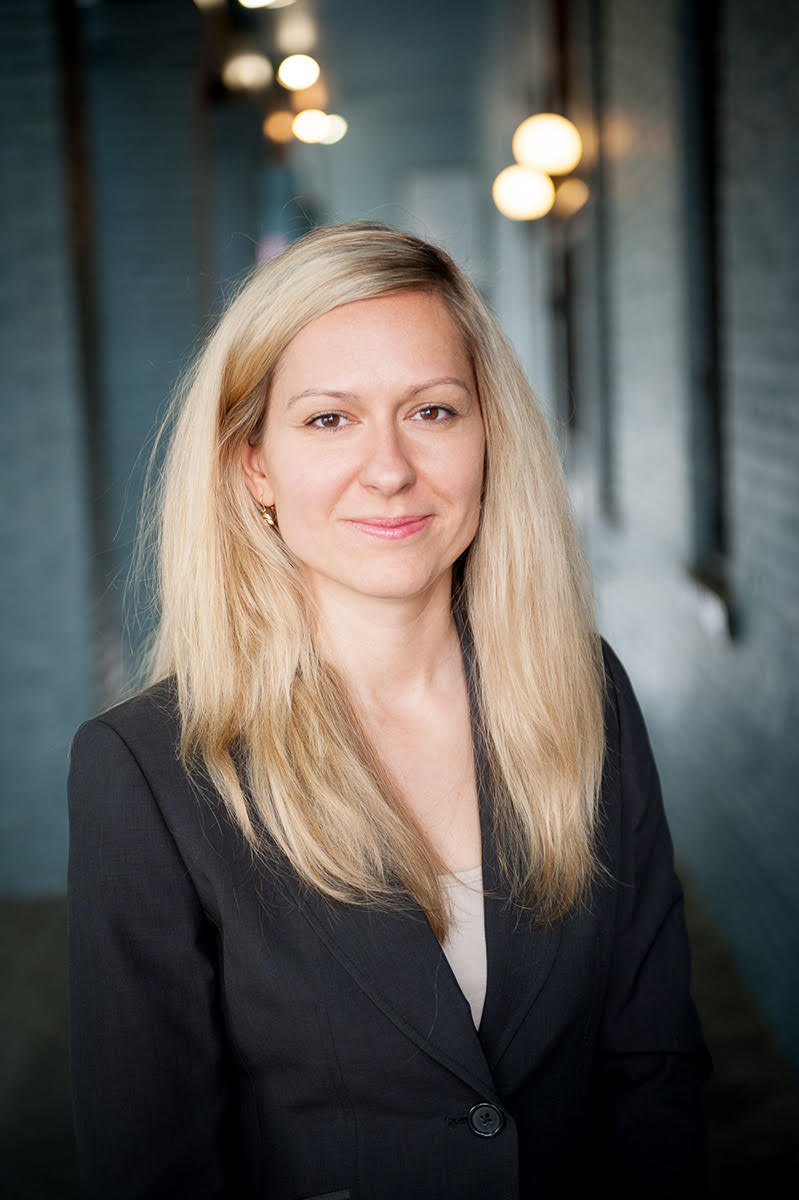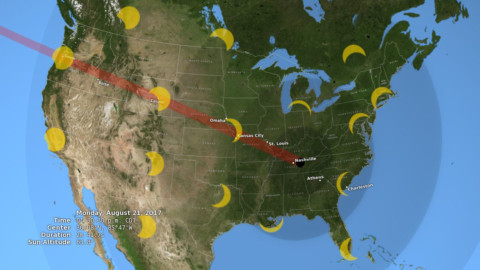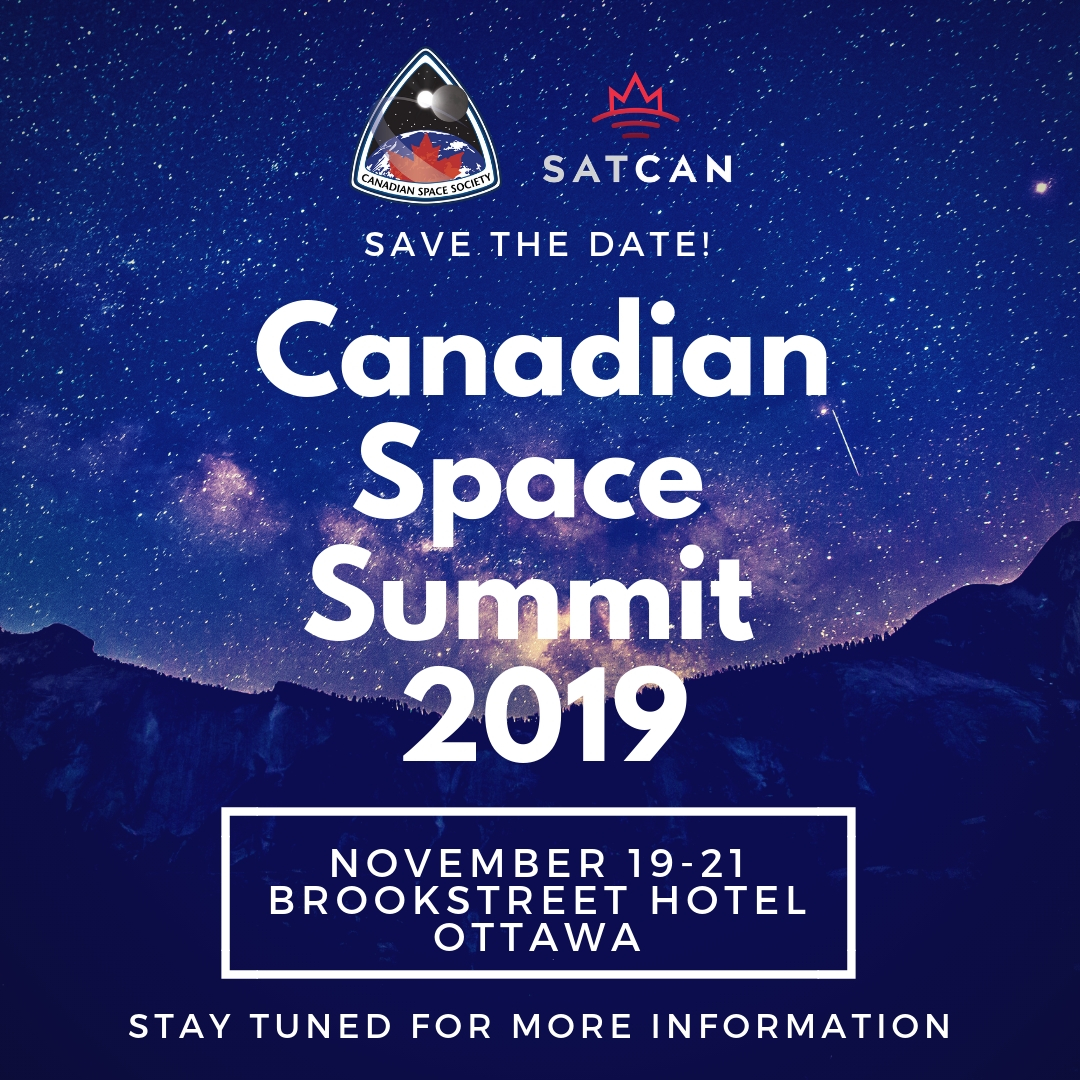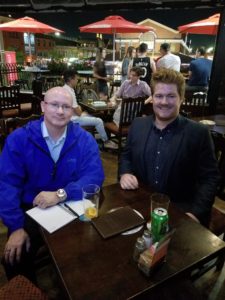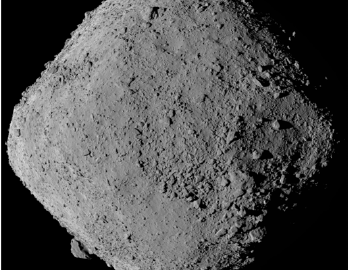
Interview with Dr. Reka Winslow Canadian Research Associate Professor at the University of New Hampshire. Interviewed by Joshua Sorell
Q: Can you tell me who you are and what you do?
A: I’m a space physicist. I work currently as a Research Associate Professor at the University of New Hampshire. Through this role, I’ve conducted space weather and planetary science research for the last 13 years. I’ve built up a small research team through NASA and NSF awards and my studies have focused on observational studies of small flux ropes, galactic cosmic rays, and coronal mass ejections, which we call CMEs by short, also known as solar storms. The reason to study these is to better understand their evolution in the inner heliosphere and their interaction with different planetary magnetospheres in the solar system. To build better prediction, and warning systems for when these solar storms might arrive at the Earth. My most recent studies have focused on how these solar storms change as they propagate through space from the Sun to the Earth to improve warning systems.
Since January 2020, I have been involved in NASA’s IMAP mission, when I was selected as the Heliophysics future lead for the IMAP-Lo instrument. I’m a Co-Investigator on the mission currently, and for 3 years I was the Deputy Lead for the IMAP-Lo instrument. Through this role, I was organizing and enabling the team of about 70 engineers and scientists to design, build, and calibrate the instrument. The team is now in the final testing and calibration phase, getting ready for launch in spring of next year.
Q: Can you tell me more about the detector you’re building for that mission, the IMAP mission?
A: It’s a neutral atom detector, which is basically a telescope, but it doesn’t collect light, it collects neutral atoms. This single pixel neutral atom imager is made up of a collimator, conversion surfaces, an energy analyzer, and a time-of-flight mass spectrometer. The conversion surfaces are where these neutral atoms get converted to ions to be able to be accelerated within the instrument. and actually detected because otherwise, they have too low energies to be detected by the time-of-flight mass spectrometer. The instrument also has a pivot platform, so it allows the instrument to be tilted in space to follow the stream of neutral particles coming in from in from interstellar space.
The IMAP mission will go to (Lagrange point) L1, and that’s where we’ll be detecting particles. The reason that we can detect these interstellar particles is that they’re just flowing through our solar system. They are everywhere in the solar system, it doesn’t matter whether you’re at L1, Earth, or closer to the Heliosphere boundary, you can still actually detect them.
Q: What is the heliosphere?
A: You can think of it as a magnetic bubble surrounding the Sun and the planets. It’s kind of like the Sun’s sphere of influence, due to the Sun’s magnetic field that’s carried past all the planets by the solar wind, which is a stream of charged particles that are coming from the Sun.
The heliosphere kind of acts as an imperfect shield against charge particles coming in, for example, against high energy charged particles like galactic cosmic rays. We do still get some of these cosmic rays in, but a lot of it is shielded because due to their charge, they can’t come through the magnetic field that surrounds the Sun. The Sun’s magnetic field doesn’t shield against neutral atoms though. These can flow unimpeded through the solar system and that’s why we can detect these interstellar, neutral particles near the Earth with IMAP-Lo. By the way, IMAP-Lo is based on another instrument, the IBEX-Lo instrument on NASA’s IBEX mission, that’s been in operation since 2008, still orbiting the Earth, and has been collecting great data on these interstellar particles.
Q: What does studying these neutral atoms tell us about space?
A: It’s telling us both about the composition of the interstellar medium near the Sun and it’s also telling us about the boundary of our heliosphere. It’s telling us about how this boundary is created by the interaction between the solar wind and the interstellar medium. Those particles that come in also can interact with the solar wind and form these secondary energetic neutral atoms that we can detect as well. We can study both this boundary region, as well as the interstellar medium.
From an interstellar medium standpoint, we’re looking to improve our understanding of the composition and the properties of the local interstellar medium, by directly sampling this neutral wind that flows through our solar system. We can study the temperature, the density, and composition of interstellar gas, that makes up our Sun’s local neighborhood.
Q: Is there anything special about our interstellar gas or local space gas?
A: This is the exciting part, we get to find out more after IMAP launches, when we start getting back data from the spacecraft. Part of what we already know is that the interstellar gas in the Sun’s neighborhood comes from a mix of different interstellar clouds. It’s not just one cloud that seems to be surrounding the solar neighborhood, but it’s a mix of different clouds. Specifically, we know from a recent study that contrary to the widespread viewpoint that the Sun resides in one of the two nearest clouds —the Local Interstellar Cloud (LIC), it is most likely that the Sun is traveling through a mix of the two clouds, both the LIC and the Galactic (G) cloud.
Q: What is space weather?
A: I’m sure you’ve heard about it quite a bit in the news in the last while, but it’s not usually clearly defined. We like to think of it as these time varying conditions that are driven by disturbances in the solar wind. You can think of it as weather because that’s also time varying, but it’s caused by disturbances that are usually driven by the Sun. These time-varying disturbances that come from the Sun then affect planetary magnetospheres, ionospheres and atmospheres.
The largest of these solar wind disturbances are called coronal mass ejections or solar storms. They are large eruptions of magnetized plasma from the Sun. They’re intermittent, so they’re not constantly happening, but they vary with the solar cycle. When the sun is most active, you will see a lot more of these solar storms. Whereas when the sun is less active we see a lot fewer. During solar minimum we can see at the Sun maybe three per week, while during solar maximum, we can see about four per day. These solar storms cause disturbances in the solar wind, which can then drive disturbances in planetary magnetospheres.
Q: Are we close to the solar maximum now?
A: We’re certainly getting close to it. It’s not quite there yet, but probably in the next year and a half we will reach it. This solar cycle has been also certainly more active than the last solar cycle was, and this has an influence on us nowadays in our more technologically advanced society on Earth.
Q: How does it affect us?
A: Specifically, solar storms are the ones that have the most significant effect, along with solar energetic particles that usually accompany solar storms. They have the most effect as they cause geomagnetic storms and solar radiation storms which can disrupt our technologies, including our power grids, our communication and navigation systems, and they cause damage and failure to our satellites and spacecraft. They can also be hazardous to astronauts, from a radiation dose standpoint.
Q: As part of your group with the university of New Hampshire, do you work on how to better protect satellites or is it more specifically finding out how to predict space weather?
A: From a research and science standpoint, it’s more about predicting them and more understanding of the fundamental physics of what happens to these solar storms. What do they interact with as they’re traveling through space that makes them change their properties that may or may not cause a geomagnetic storm. We try to better understand how to predict them and less about how to protect satellites and other assets.
Something that I’ve been doing lately is working with some companies, on a consultancy basis, to help them improve their satellite operations to better protect against these hazards from solar storms and solar energetic particles.
Q: Is there anything else to add or highlight as a Canadian physicist?
A: It’s important to highlight that this is an interesting and exciting time to be a space physicist and to be working in the space sector. From a space physicist standpoint, we have so much data, so many missions that are bringing back data. From the Parker Solar Probe mission,
that’s basically touching the Sun’s atmosphere as we speak, to the Solar Orbiter mission, by ESA, we have tons of data that’s available from the inner solar system to improve our understanding of the evolution of the plasma environment from the Sun to our planetary neighborhood. Having that wealth of data to be looked at and analyzed, is a really privileged time in history, as we have never had this much data available before.
It is also an exciting time from the standpoint of the growing and burgeoning commercial space sector. With many private space missions, not just to low Earth orbit, but also to cislunar and interplanetary space, there is a growing number of companies that are doing interesting work from Earth observations all the way to going to the moon, and hopefully to Mars.
From a student standpoint, there are many small CubeSat missions that are being worked on and built by students. For example, the ORCASat satellite is a small CubeSat that was built at the University of Victoria by students and was launched in late 2022. At the University of New Hampshire, we currently have a CubeSat that’s being built by students as well, called 3UCubed. As a student it’s an exciting time to get involved and be at a university where these types of projects are available, and to get trained hands on with space technology.
Given the growing space sector, it is likely that there will be quite a few jobs opening in the next 10 years with a need for aerospace engineers, systems engineers, mechanical engineers, and scientists who have hands-on experience with space hardware and software.

